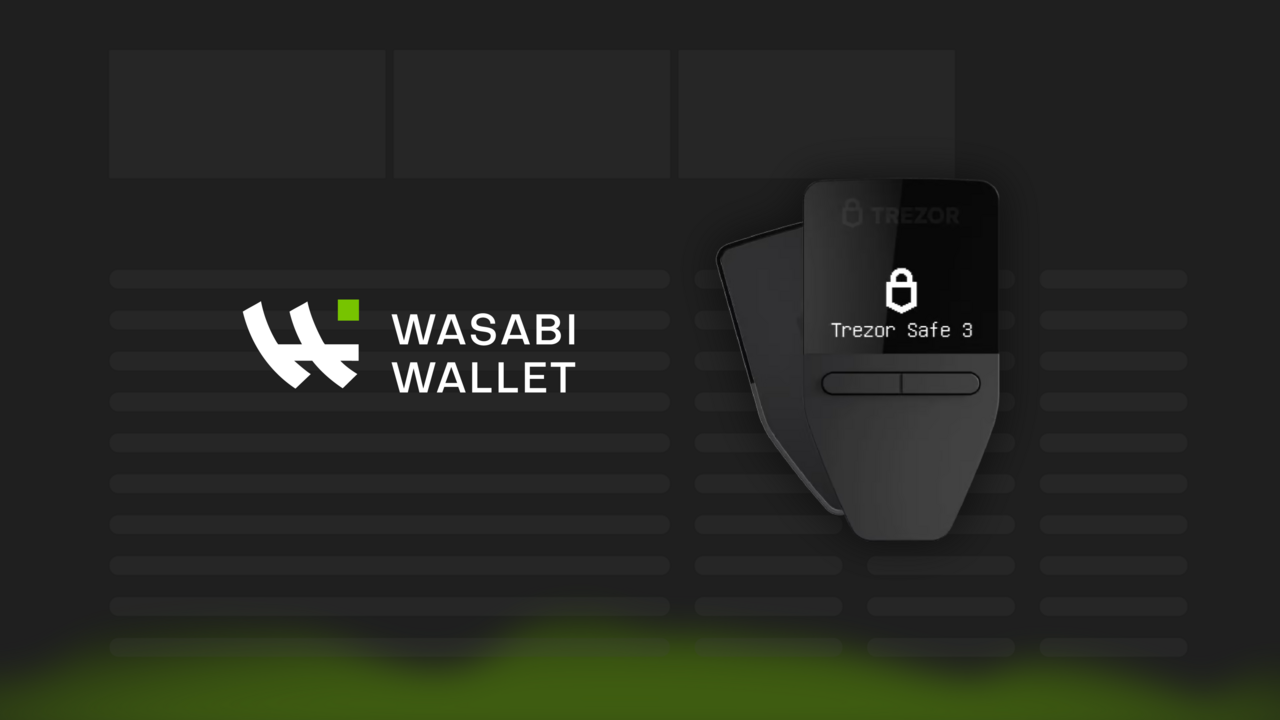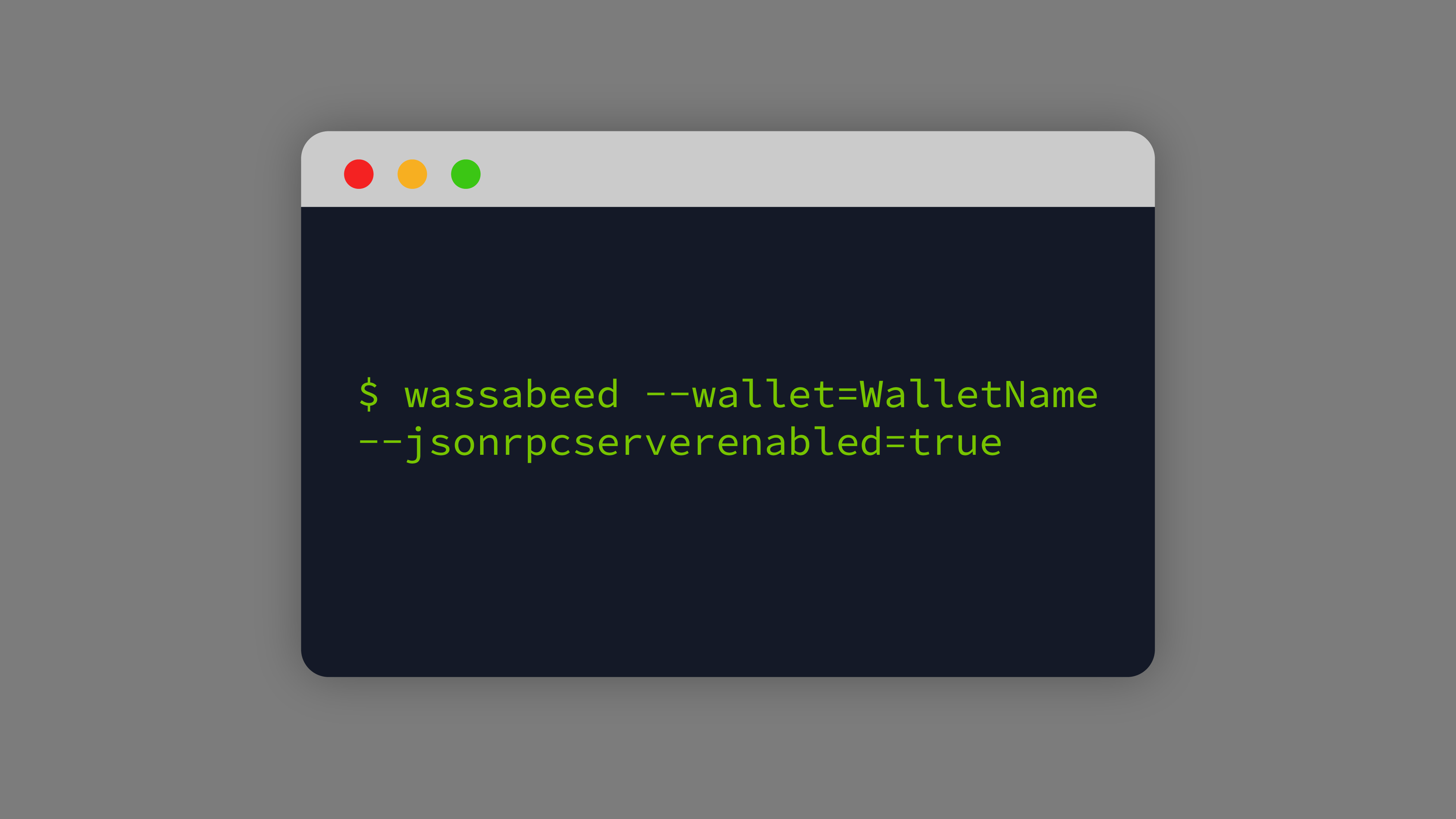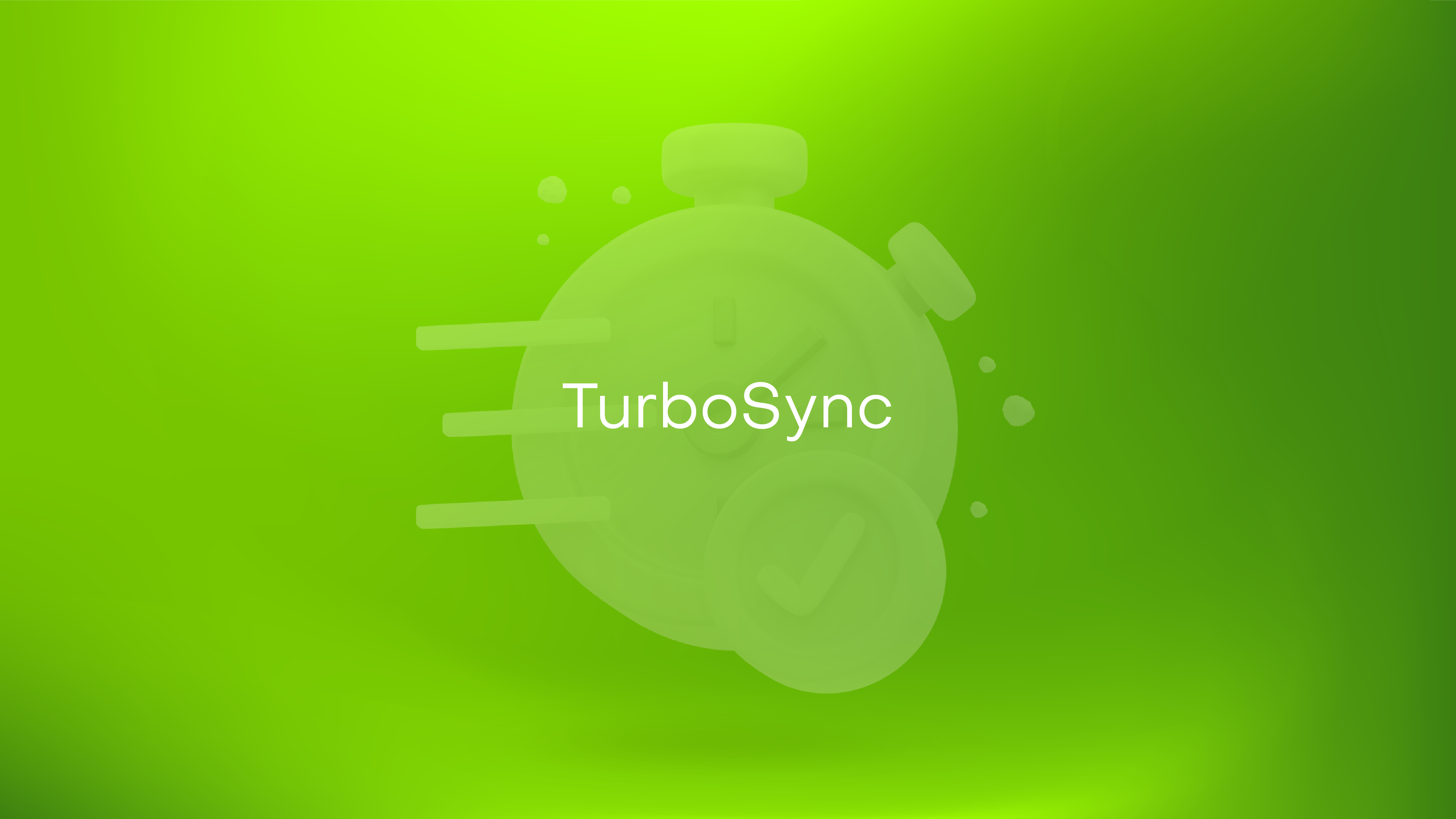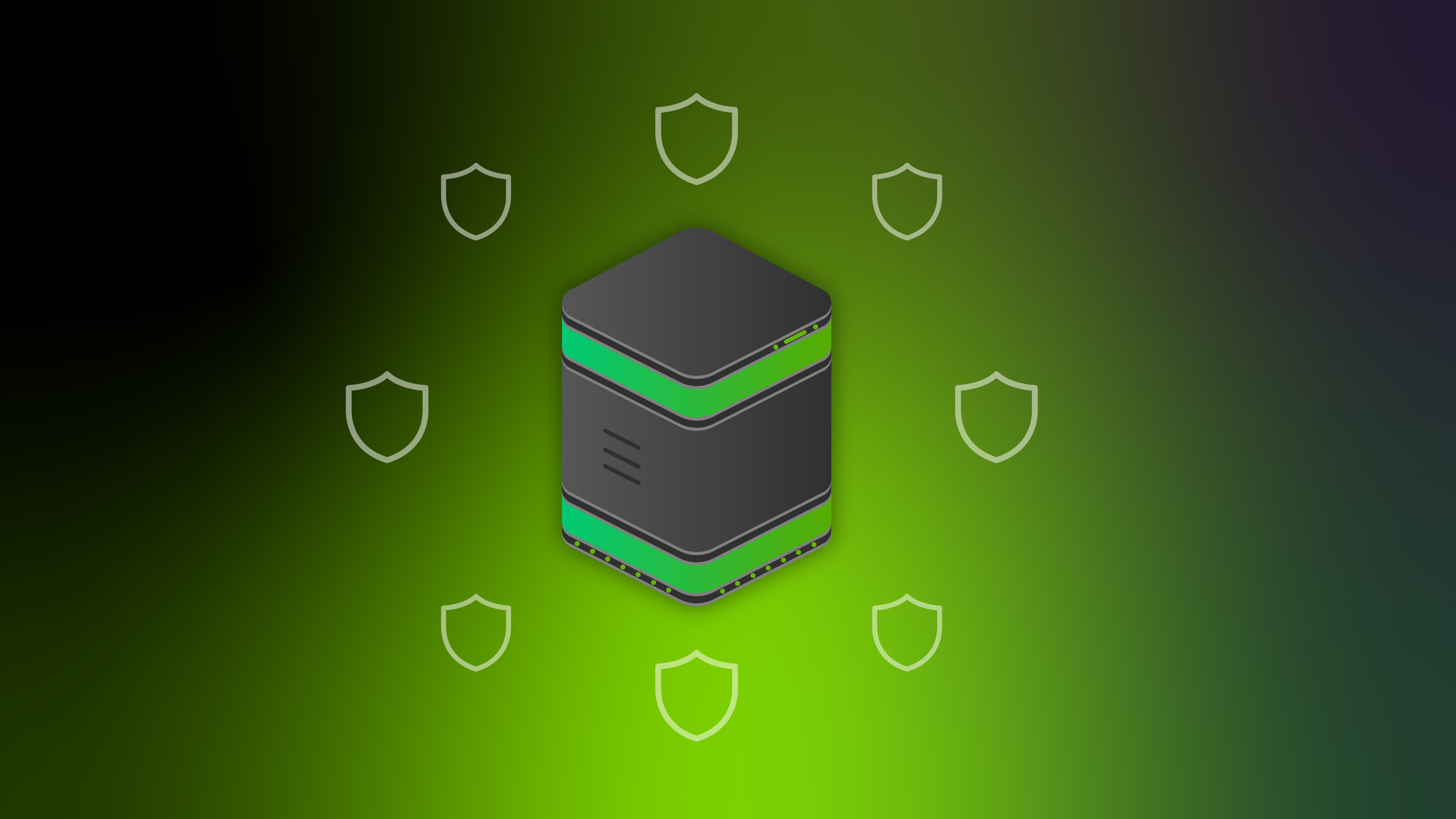
How to Use Wasabi Wallet’s RPC Interface
The RPC is used to communicate with a running Wasabi instance. It provides some options and features which are not available (yet) when using the Graphical User Interface. Since Wasabi version 2.0.6, the RPC can be exposed as an onion service, which enables remote control.

Deeper Privacy with Safety Coinjoins
“Safety coinjoins” are triggered by default to ensure a minimum amount of remixing for users who choose to minimize costs or maximize speed. This feature anticipates how coins might be spent in the future to prevent guesses from being made based on a specific user behaviour.
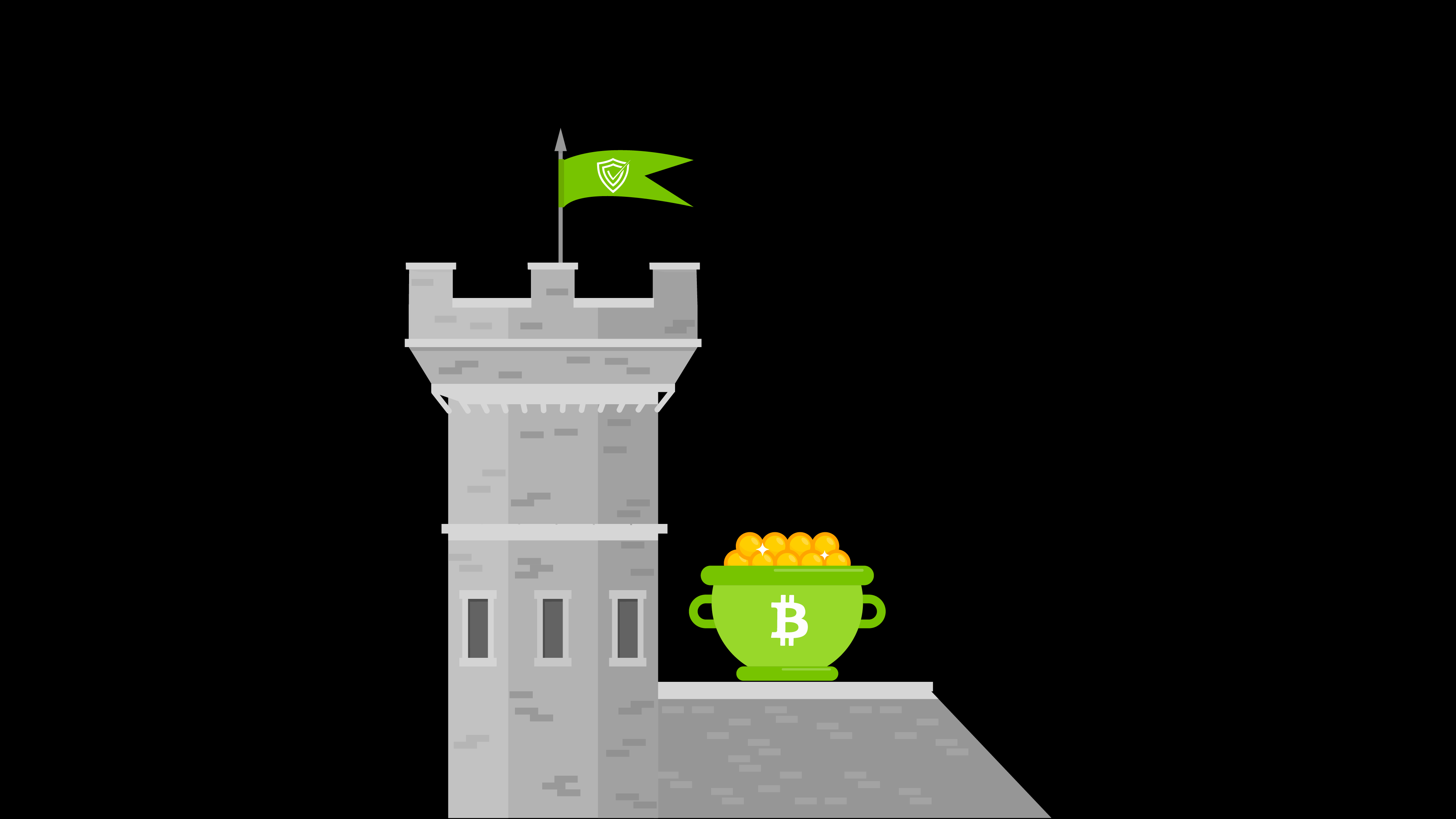
Time is Money: DoS (Denial of Service) Fortification and Coinjoin Time Preference
As a result of months of hard work by the Wasabi and Tor developers, updated statistics from October 2023 show that the overall success rate has more than doubled since the previous year, with over 50% of new rounds and over 80% of blame rounds succeeding.

How Coinjoin Wallets Compare on Fees
If you want to know the details of how WabiSabi, Whirlpool and Joinmarket fee structures work, read on. We’ll define all the fees of a coinjoin transaction, the way fees are calculated for each protocol and finally, which one is better for many different user profiles.
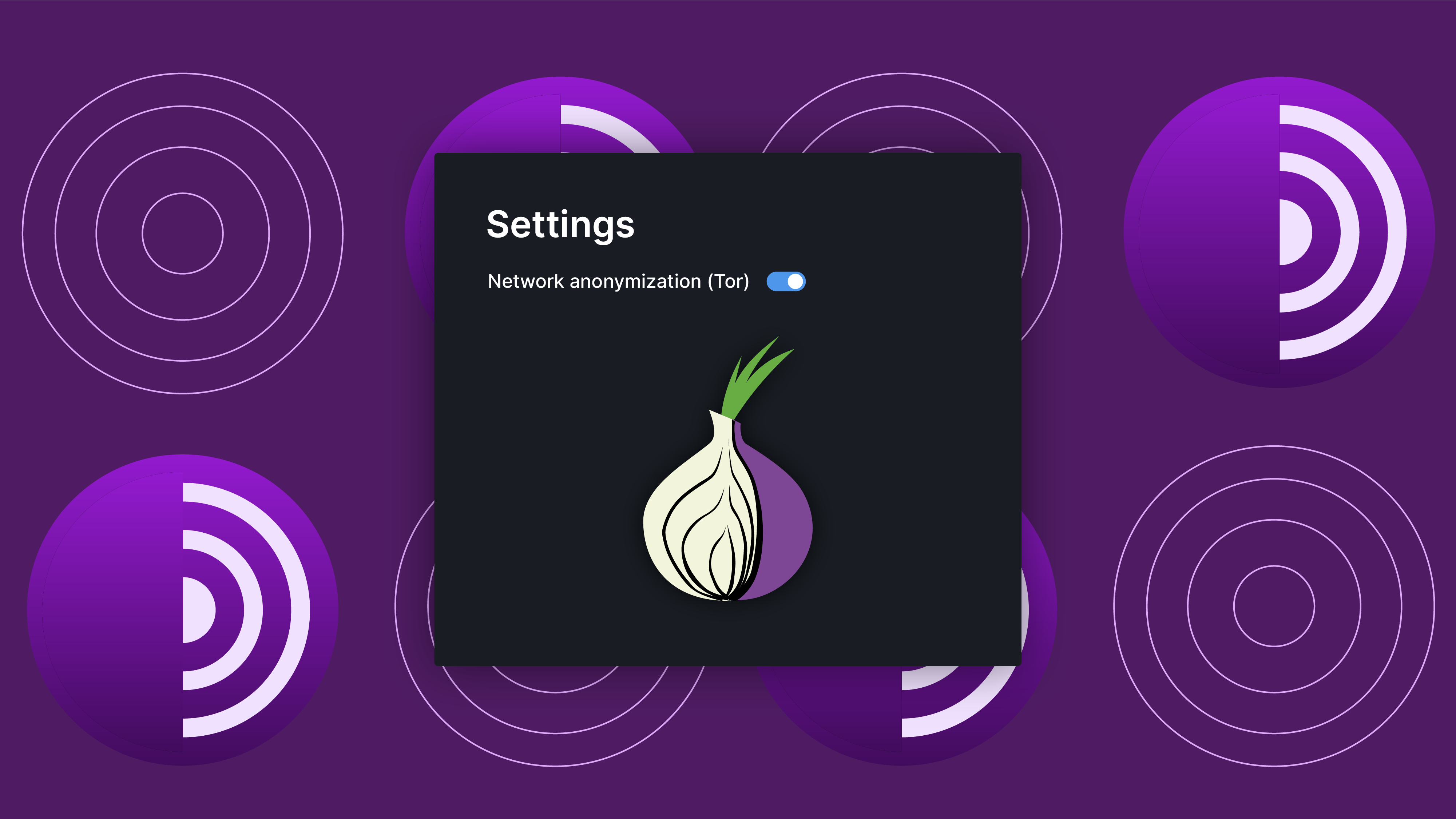
Explaining Wasabi Wallet’s Tor Implementation
This article will define what Tor is, how Wasabi Wallet implements Tor exactly, what are the operations that require an immediate circuit update, why the coordinator doesn’t use an onion service anymore, and how Conflux could be a future solution to improve reliability.

Wasabi’s Latest Release (2.0.4) Improves Coinjoin Efficiency
With the 2.0.4 release, we have improved coinjoin efficiency in multiple ways so that you reach private status on all your coins faster and incur less cost. Our main goal is to even further reduce the occurrence of toxic change.

What Lightning Network-Enabled Wabisabi Coinjoins Might Look Like
Read further to learn more about the details of why the Lightning Network is Bitcoin’s leading scaling solution, why payment channel openings and coinjoins go well together, how to currently open a Lightning Network channel from a Wasabi Wallet private UTXO, how Vortex presently handles the direct opening of channels from coinjoin outputs, and finally, how a future Lightning Network-enabled WabiSabi coinjoin might solve that problem.
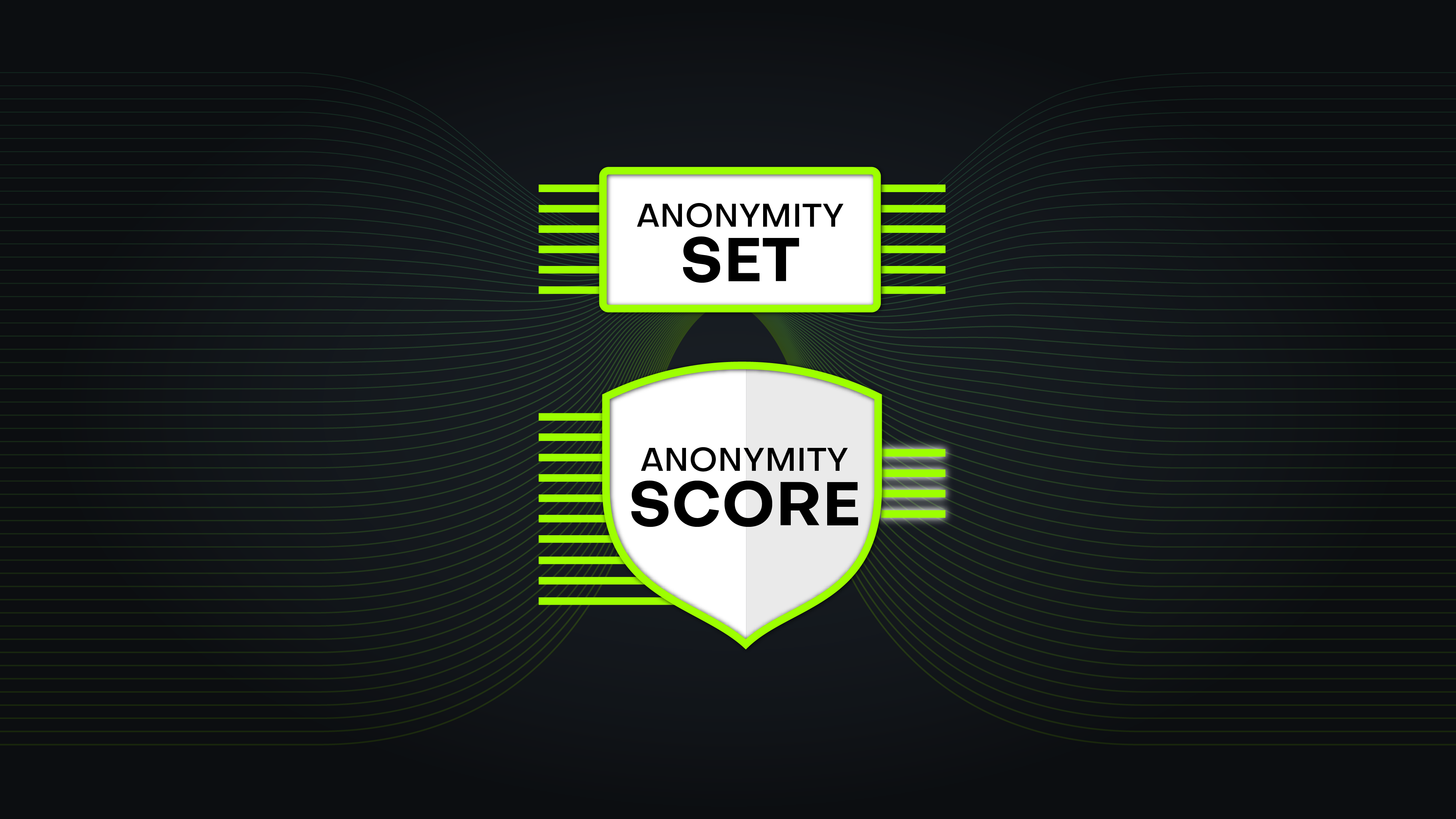
What is the Difference Between an Anonymity Set and an Anonymity Score?
Learn TechnicalIf you want to know the details of what is an anonymity set, what makes the difference between the former term and anonymity score, how to set your anonymity score target on Wasabi, and how your post-coInjoin activity can impact your anonymity, keep reading this article.

What are Wasabi Wallet’s Code Signature Strategies?
TechnicalThis article will explain how Wasabi Wallet’s three code signing strategies (Windows, MacOS, and PGP) work and how they compare in terms of user experience, trust models, cryptography, and certificate subscription/expiry.

The Best Technologies for Keeping Your Identity Secure
Learn TechnicalInternet websites and applications are full of trackers for ad and surveillance purposes. If you don’t watch out, you will quickly discover that you’ve revealed yourself to the world more than you had initially wanted.

The History of WabiSabi
TechnicalWabiSabi is a novel communication protocol for creating bitcoin coinjoin transactions with arbitrary amounts. It is a concept with roots going back to the early days of bitcoin, even the earliest beginnings of digital payments.
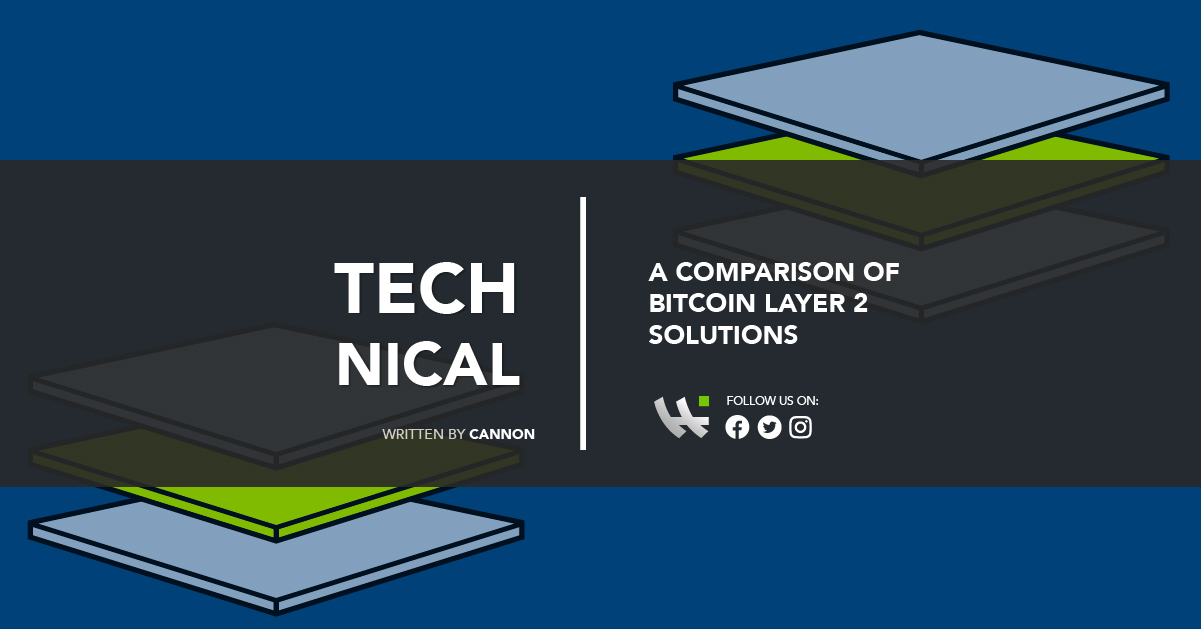
A Comparison of Bitcoin Layer 2 Solutions
TechnicalIn bitcoin, the blockchain is the 1st dimension also known as layer 1. There are higher up and parallel 2nd dimensions that utilize the 1st dimension as its host. There may eventually even be layer 3 dimensions as more development continues.

How To Prevent Anonymity Degradation Over Time
TechnicalBitcoin can enable anonymous digital transactions, but it is good to understand where anonymity on Bitcoin can degrade. By understanding how anonymity can be eroded on bitcoin, one can then understand how anonymity can also be preserved.
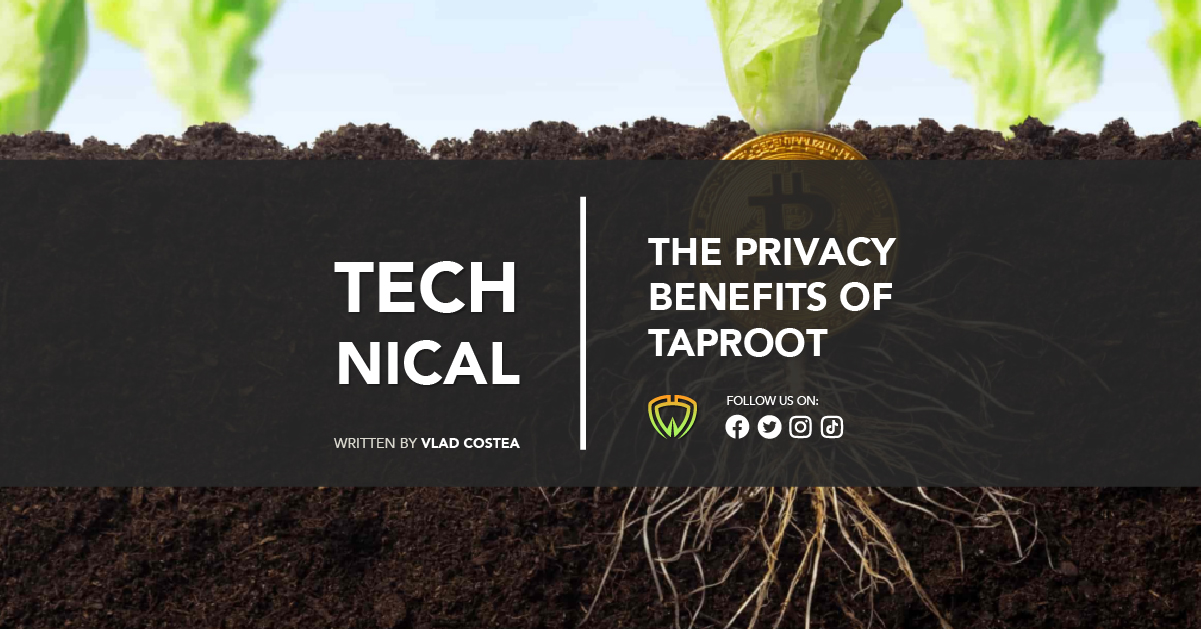
The Privacy Benefits of Taproot
TechnicalThis article, focuses on the privacy aspect of Bitcon’s soft fork. It seeks to explain how Taproot increases every user’s plausible deniability and potentially poses a threat to the blockchain analysis business.

Podcast Review: The Privacy Guarantees of the Lightning Network
Learn Technical“Lightning is the one and only scalable solution for Bitcoin, which is non-custodial. So this is a super important property. So we want to scale Bitcoin in a non-custodial way, but also even maybe even more importantly at the end of the day, we want to preserve privacy.
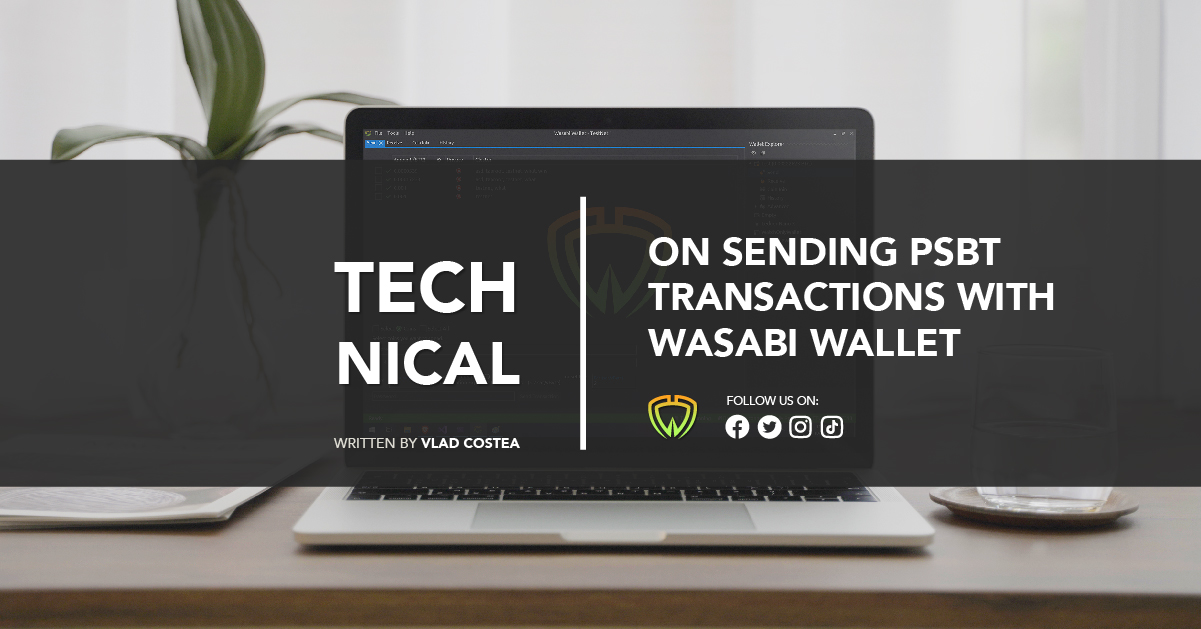
Sending PSBT Transactions with Wasabi Wallet
TechnicalWasabi is one of the desktop Bitcoin wallets that work with every PSBT hardware wallet. Not only that, but thanks to the Tor routing and trustless onboarding, it’s also the most private desktop wallet for your Bitcoin transaction signing device.

Privacy Guarantees Of Wasabi Wallet 2.0
TechnicalFully analyzing Wasabi 2.0 coinjoins is computationally hard and will probably be impossible for decades to come because a combinatorial complexity explosion is happening when we try to find all the sub-transactions of a Wasabi 2.0 coinjoin.
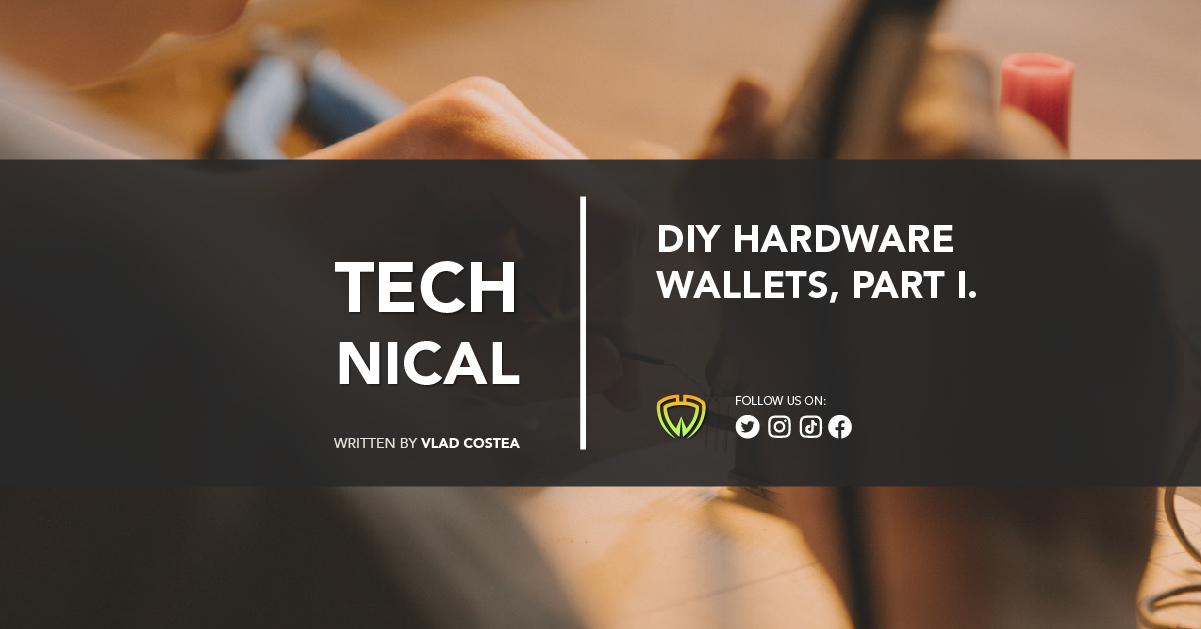
DIY Hardware Wallets, Part II:
TechnicalThere are two important categories of DIY hardware wallets that you can build from general-purpose electronic devices: the ones that run a ported firmware (a group of coders make a well-tested software available on more common hardware), and the ones that run original code.
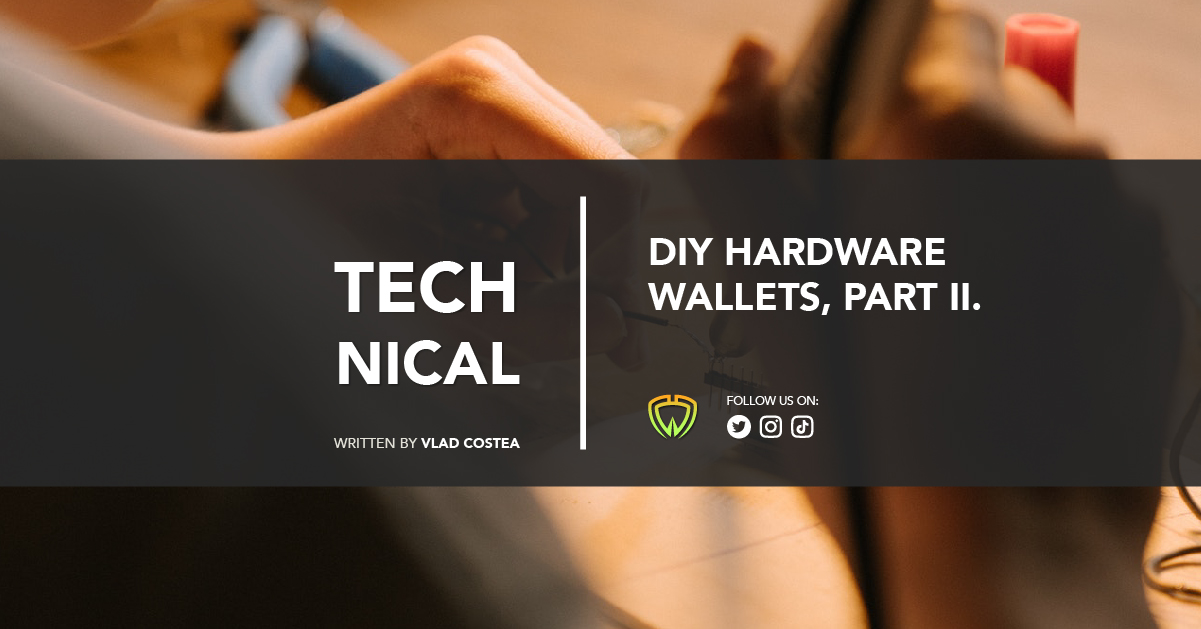
DIY Hardware Wallets, Part I: Building Your Own Trezor One, Trezor Model T and BitBox02
TechnicalWe are living in the golden age of DIY hardware. Thanks to advancements in microprocessing and production/distribution, today we can purchase tiny yet powerful computers at surprisingly affordable prices – and then use them to perform surprisingly-complex tasks

Wasabi and the Future of Hardware Wallets
TechnicalHardware wallets are useful key management electronic devices which combine the security of a cold storage setup with the convenience of a hot wallet. Regardless of how they operate, all hardware wallets should work very well with Wasabi.

What is Wabi-Sabi?
TechnicalWhen you hear the word wabi-sabi for the first time you might think, “wow that sounds like a TV cartoon my kid would haunt my days watching.” Or if you’re one of those artsy types you may be familiar with its Japanese definition: a world view centered on the acceptance of transience and imperfection. Unlike its Japanese definition, Wasabi Wallet has been working on perfecting our own interpretation of this wonderful word with the WabiSabi protocol.
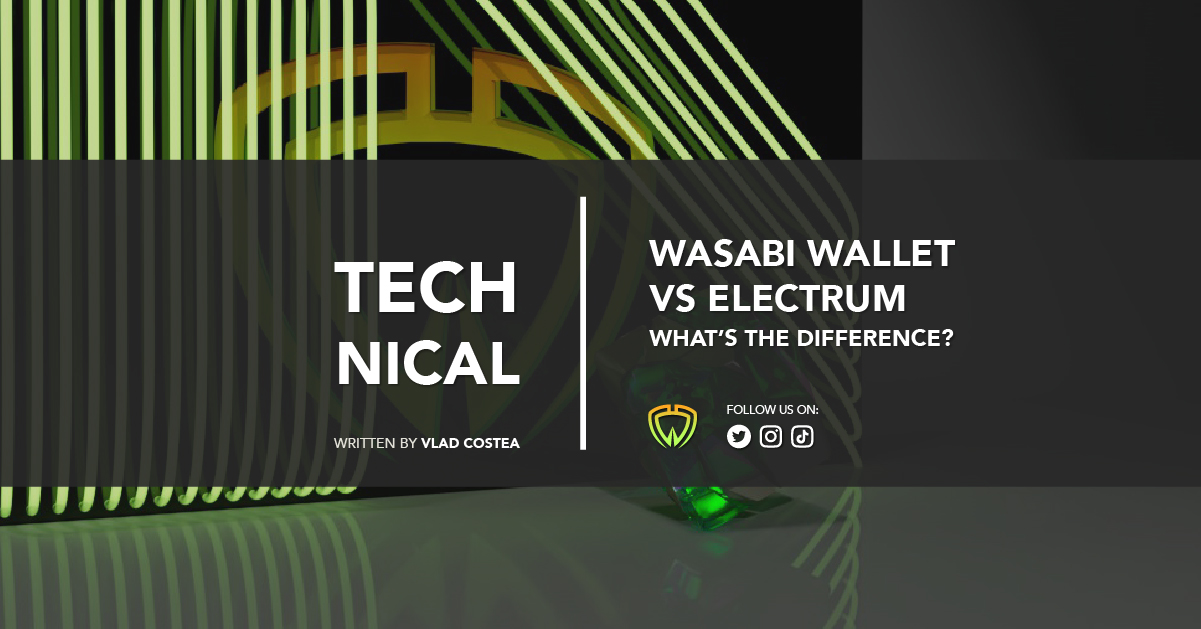
Wasabi Wallet vs Electrum: What’s the Difference?
TechnicalIn order for bitcoin to become sound money, it needs to also gain more fungibility – and Wasabi is the only BTC wallet that’s available across all major desktop operating systems (Windows, MacOS, Linux) and offers easy access to CoinJoins.
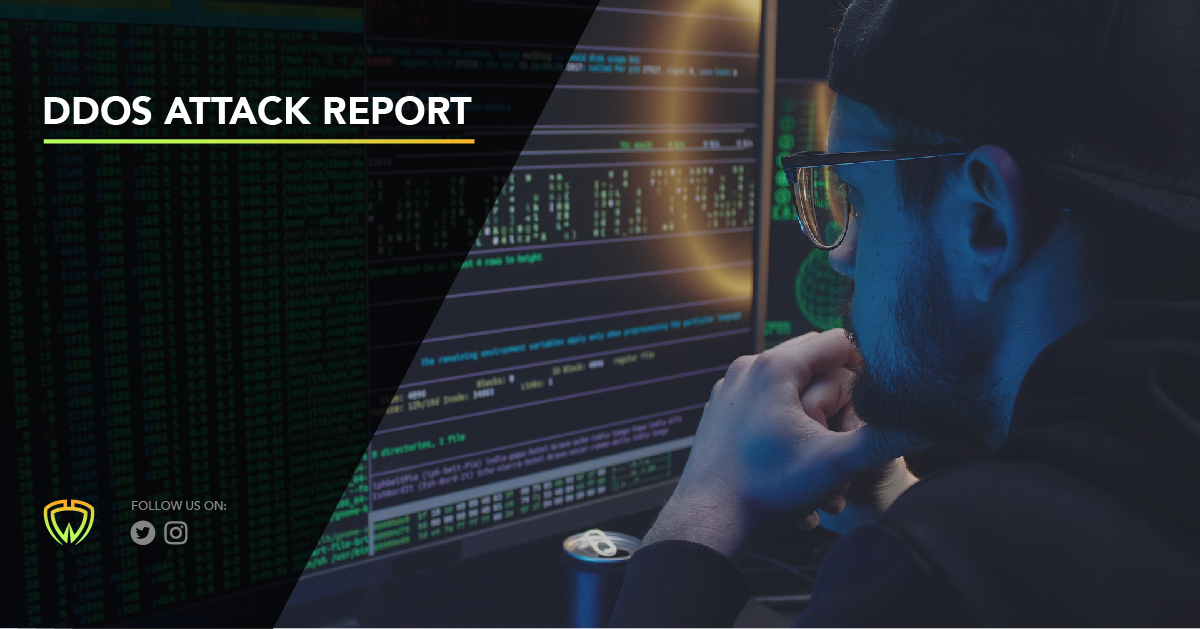
WVE–006 DDoS Attack Report
Announcements TechnicalWasabi Wallet team heroically defends the server by implementing security measures while still being attacked by the botnets of zombie computers
Wasabi Wallet Chain Split Policy
Announcements TechnicalWasabi Wallet will support both sides of any meaningful fork and we will not withdraw our support until we are sure our users were given enough time to sell the less successful side of the fork without compromising their security or privacy.
Wasabi Wallet and Tor Consensus Issues
TechnicalBitcoin is a peer-to-peer network of nodes that define, verify, and enforce the Bitcoin consensus rules. There is a lot of communication between them and metadata can be used to […]
When you realize you need 5 laptops to get the job done
TechnicalWindows, Linux, Macintosh… Cross-platform development brings many difficulties in development but for those who like tinkering on different hardware, it has its merits. Computers from left to right: This is […]
WVE–005 Responsible Disclosure & v4 Hard Fork
Announcements TechnicalIf you have already downloaded Wasabi Wallet v1.1.12, released on August 5th, 2020, then you are ready to take full advantage of the v4 Hard Fork; which fixed this vulnerability. In this case no user action is needed.
Wasabi Wallet and Tor SSL stripping attacks
TechnicalUnlike many other “traditional” mixers where users must give control of their coins to another party and trust that this party will return the bitcoin to them, Wasabi Wallet does not take custody of assets.
